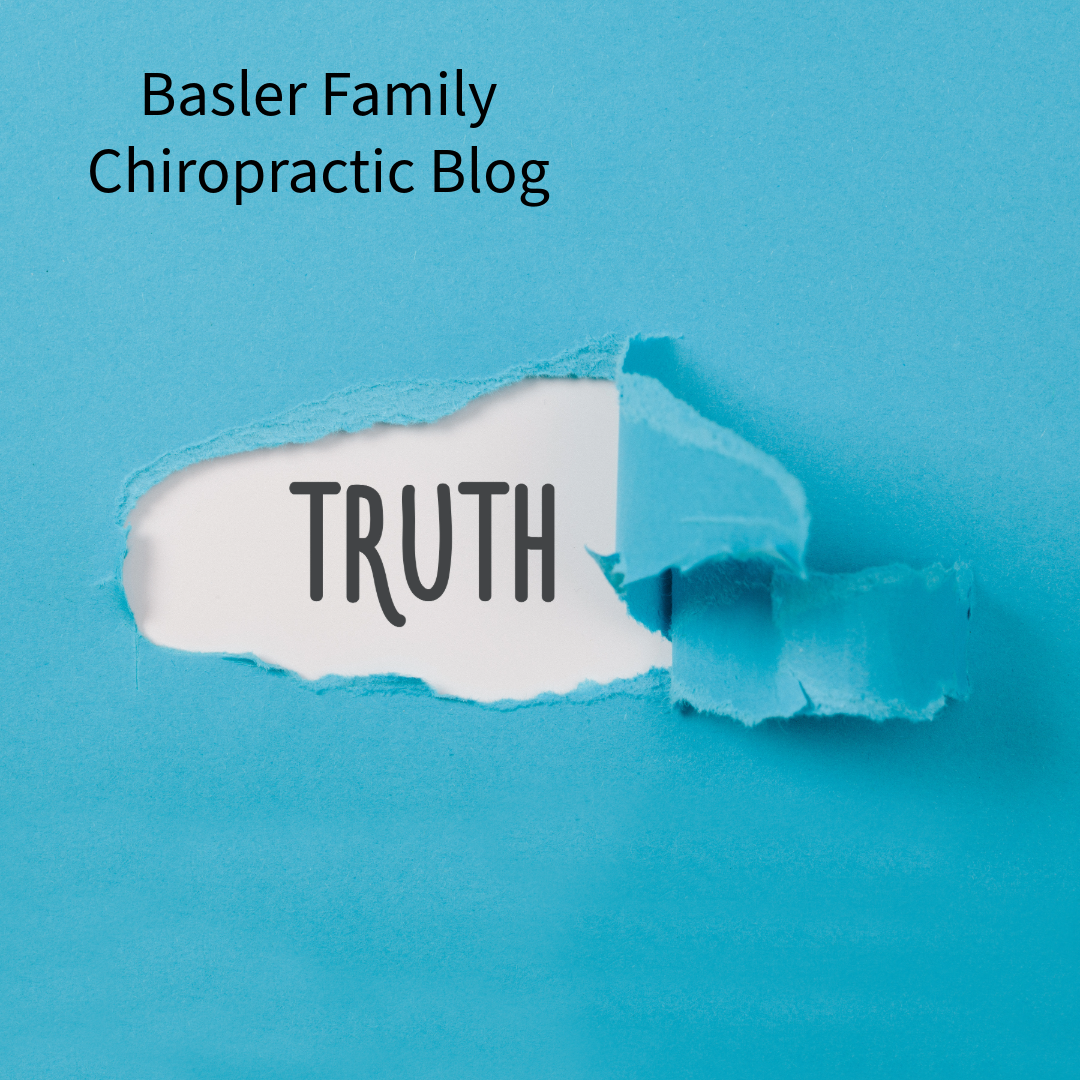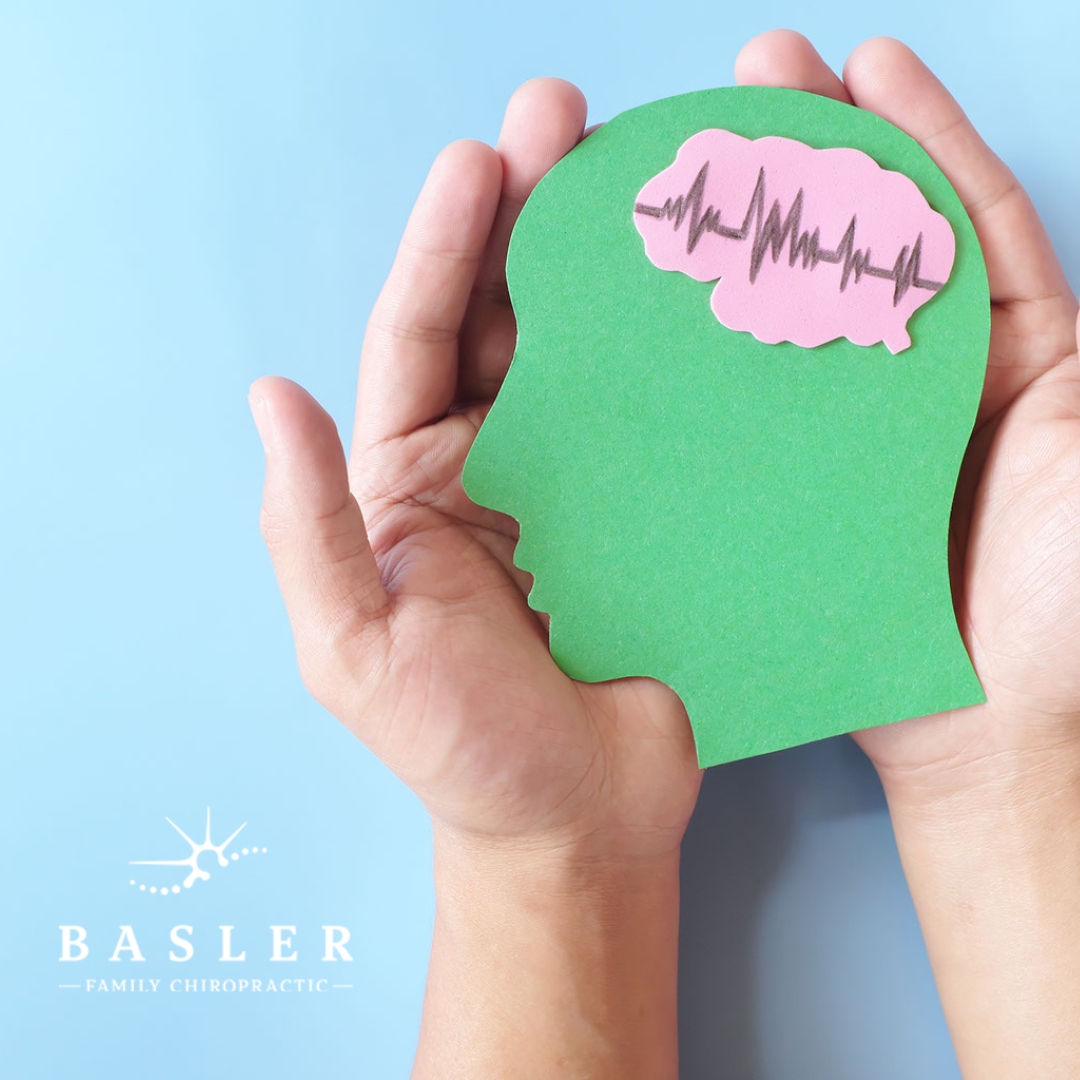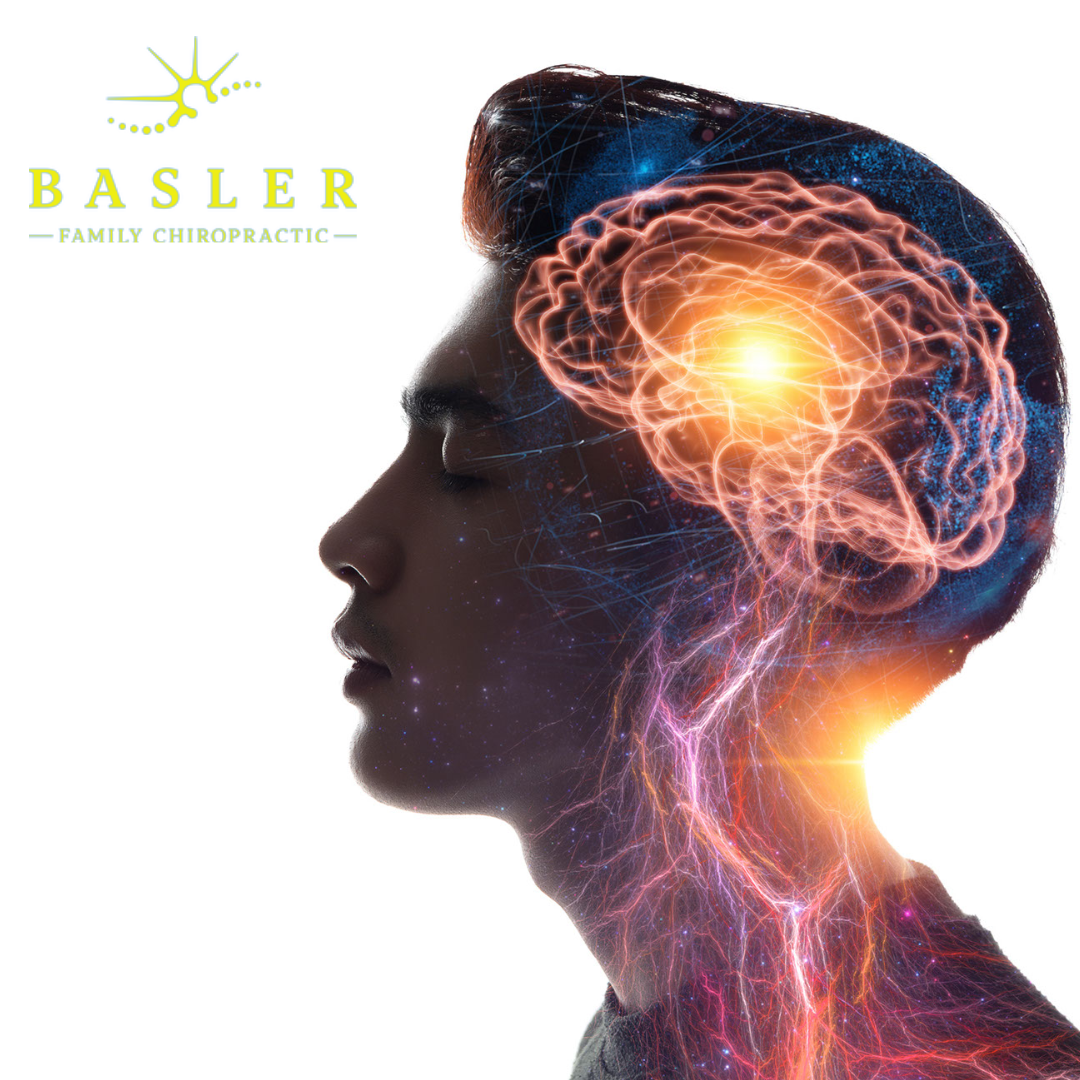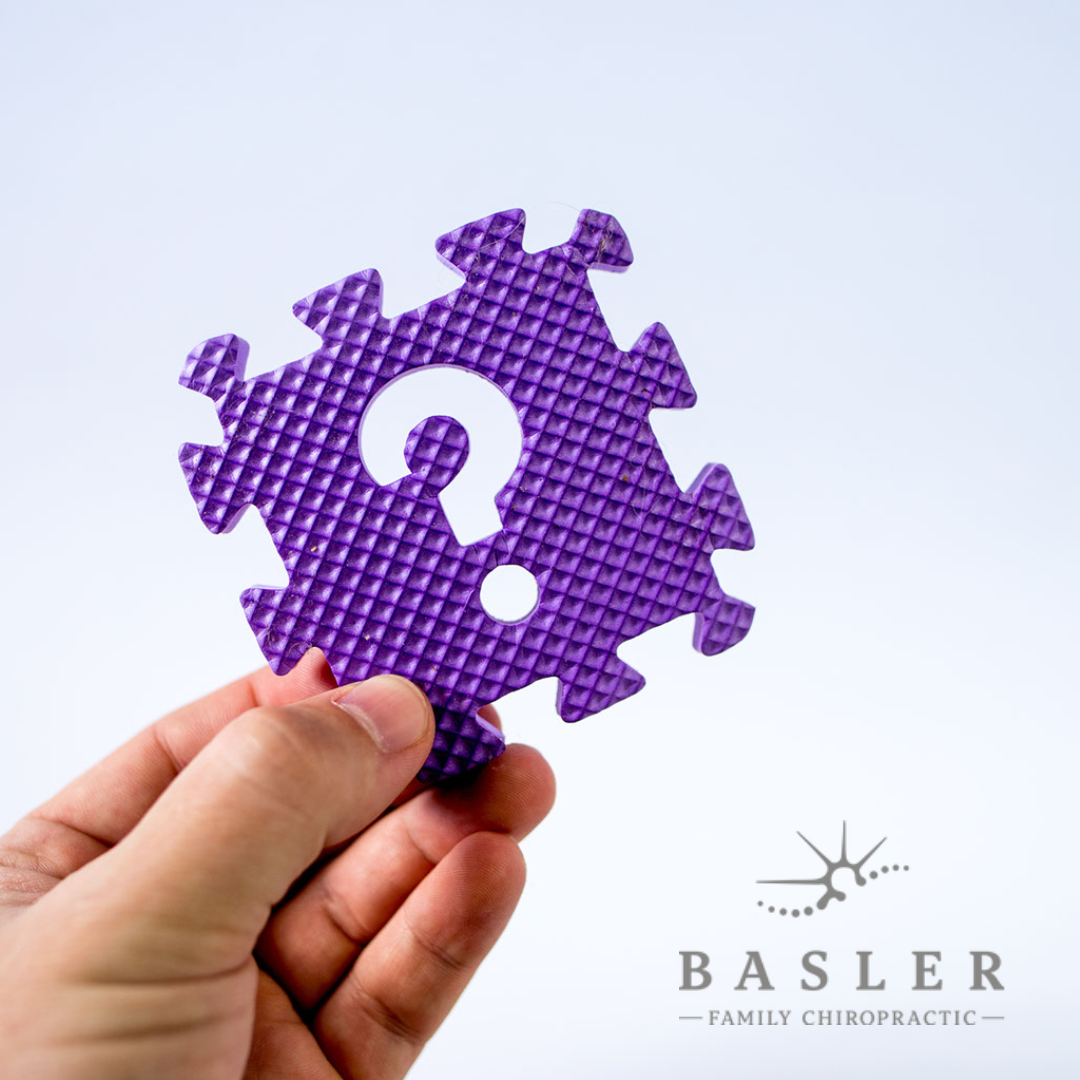Chiropractic Care and Pregnancy
Pregnancy can be a really exciting time for parents as they get ready for their family to grow with the baby’s arrival. As the baby grows, mum’s body changes as she prepares to give birth.
Sometimes these changes can be uncomfortable or painful, with about three-quarters of pregnant mums suffering from pain in their back or pelvis.1, 2 This is one reason that so many pregnant mums seek chiropractic care.
Is it safe?
When deciding whether they should see a chiropractor, pregnant mums often ask ‘is it safe to be adjusted by the chiropractor when I’m pregnant?’ The good news is that chiropractors can tailor the care they provide to each individual patient and the research suggests that chiropractic care during pregnancy is safe for both mum and baby.4,6
What does the research say?
But what does the research tell us about the benefits of seeing a chiropractor while you’re pregnant? When it comes to back pain, not many big studies have been done yet that have looked at whether chiropractic care helps pregnant mums.3
So, although more research is needed, results from the research that has been done so far are promising and seem to show that for some pregnant mums, chiropractic care can be really helpful.4 In one study, researchers in Switzerland followed 115 pregnant women for a year who went to see a chiropractor with low back pain.5 What they found in this study was that over half of the patients said they ‘improved’ after just 1 week of chiropractic care, and after a month that figure had grown to 70%.
In a study conducted in New Zealand, researchers studied pelvic floor muscle function in pregnant women before and after they were adjusted by a chiropractor.
By the end of the study, about 90% of the mums who entered the study said their pain was better. From this study, we can’t be sure if it was the chiropractic care that really helped them but at the end of the study over 85% of the mums said they were happy with the care they received from their chiropractor.
Could chiropractic care help me through delivery?
One area researchers think chiropractic care may help pregnant moms is with the delivery of their baby. For a woman in labor, the ability to relax and contract her pelvic floor muscles is really important for helping the baby to move through the birth canal.7 Ideally, for the birth process to go as well as possible, giving the greatest chance of natural, vaginal birth, you want strong pelvic floor muscles that can relax and contract at just the right time.7, 8
New Zealand Research Study
In a study conducted in New Zealand, researchers studied pelvic floor muscle function in pregnant women before and after they were adjusted by a chiropractor. What they found was that after the pregnant women were adjusted, their pelvic floor muscles appeared to relax more when they were at rest.
This relaxation of their pelvic floor muscles after they were adjusted may mean that chiropractic care could help them to have a natural vaginal delivery. This was only a small trial, and the researchers couldn’t be sure how much of an impact these relaxed muscles would have on labour itself, but it does suggest that for pregnant mums, chiropractic care may give them more control over their pelvic floor muscles, which may make childbirth easier. Other research supports this idea with one study reporting that new mums experience on average a 25% reduction in the length of labour time with chiropractic care during pregnancy and that rises to a 31% reduction for mothers who have given birth before.4 It makes sense to keep yourself as healthy as possible during your pregnancy.
So, if you want help with the way your spine and nervous system are functioning, consider seeing your chiropractor, because it’s natural, safe, and may help you to feel better and boost your chances of having a faster, easier delivery of your little bundle of joy.
References
- Malmqvist, et al. J Manipulative Physiol Ther 2012;35(4):272-8.
- Weis, et al. Journal Of Obstetrics and Gynaecology Canada 2018;40(8):1038-43.
- Stuber & Smith. Journal Of Manipulative and Physiological Therapeutics 2008;31(6):447-54.
- Borggren. Pregnancy and Chiropractic: a Narrative Review Of the Literature. Journal of Chiropractic Medicine 2007;6(2):70-74.
- Peterson, Muhlemann, Humphreys. Chiropractic & Manual Therapies 2014;22(1):15.
- Stuber, Wynd, Weis. Chiropr Man Therap 2012;20:8.
- Yan, et al. Wiley Interdisciplinary Reviews Systems Biology and Medicine 2016;8(6):506-16.
- Du, et al. International Urogynecology Journal 2015;26(10):1415-27.
Acknowledgments
- Dr. Heidi Haavik – BSc(Physiol) BSc(Chiro) PhD
- Dr. Kelly Holt – BSc, BSc(Chiro), PGDipHSc, PhD
- Dr. Jenna Duehr – BChiro, BHSC (Nursing), MHSc









